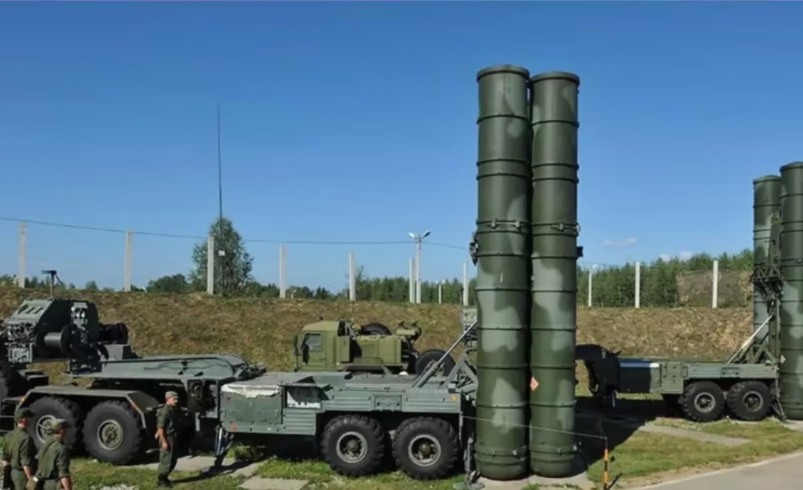S-400’s Impact in Indo-Pak Conflict: IAF’s Strategic Advantage
- August 10, 2025
- 0

The Indian Air Force (IAF) has highlighted the pivotal role of the S-400 missile system during the Indo-Pak face-off, particularly in Operation Sindoor. Air Chief Marshal A P Singh emphasized that the S-400 was instrumental in achieving India’s largest surface-to-air kill, successfully downing a Pakistani aircraft at an impressive range of 300 kilometers. This achievement underscores the strategic advantage provided by the advanced missile defense system.
In addition to the physical engagement, the IAF confirmed five successful electronic kills of Pakistani fighter jets. These operations demonstrate India’s growing capabilities in electronic warfare, further enhancing its defensive and offensive strategies. The ability to neutralize threats electronically showcases a significant advancement in military technology and tactics.
India’s strategic operations extended beyond aerial engagements, targeting critical Pakistani airbases and infrastructure. The IAF focused on damaging hangars and radar sites, which resulted in substantial operational disruptions for Pakistan. These targeted strikes were aimed at crippling Pakistan’s military capabilities, thereby reducing its ability to respond effectively.
The use of the S-400 system and electronic warfare tactics by India has significant implications for regional security dynamics. It highlights a shift towards more technologically advanced military strategies, potentially altering the balance of power in South Asia. As India continues to enhance its defense capabilities, neighboring countries may need to reassess their own military strategies and alliances.